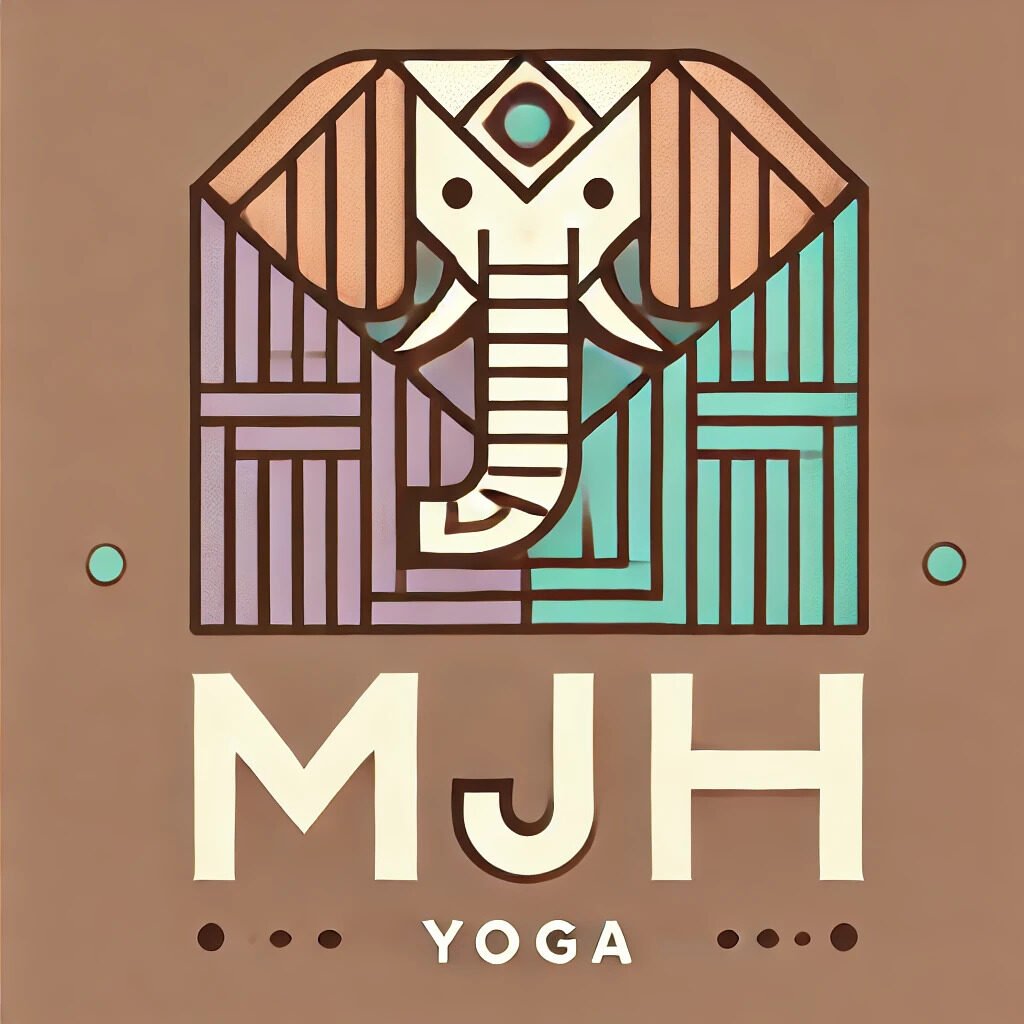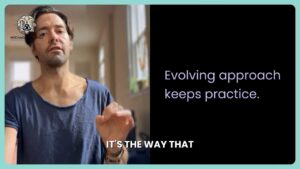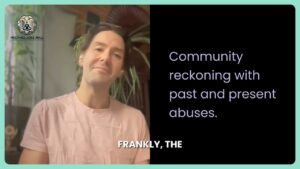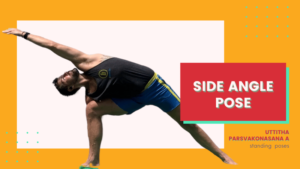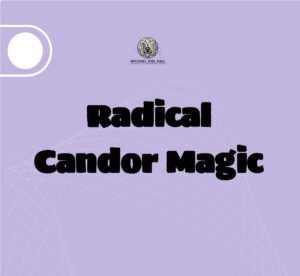Aligning Insights: Understanding Problem Cues in the Spine and Pelvis for Optimal Ashtanga Practice
Discover the vital relationship between the spine, pelvis, and optimal Ashtanga practice in our latest blog, “Aligning Insights.” We’ll explore essential alignment cues such as anterior and posterior tilt, rib flare, and the crucial technique of tucking the tailbone. Learn how to enhance your practice by understanding these problem cues and embodying healthier postural mechanics. With insights drawn from expert research, your journey toward a more aligned and fulfilling yoga experience.
